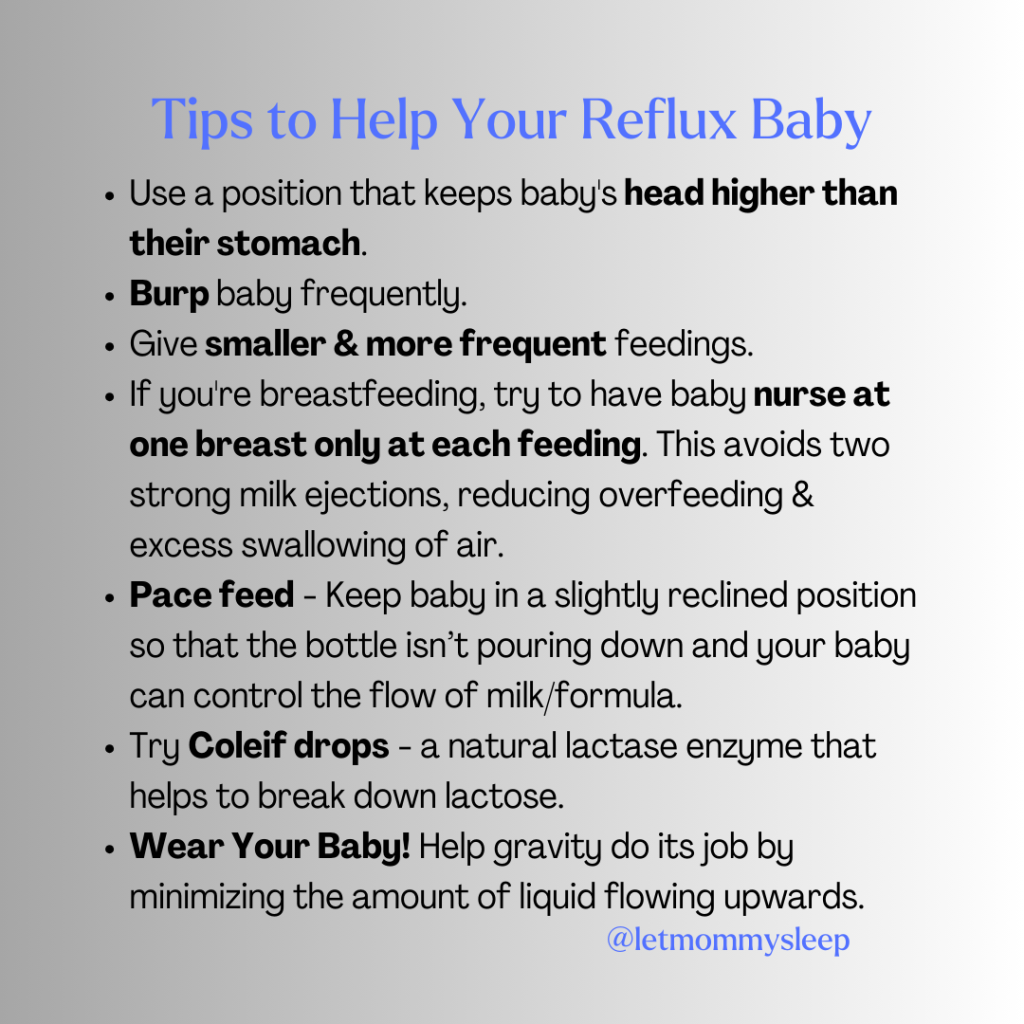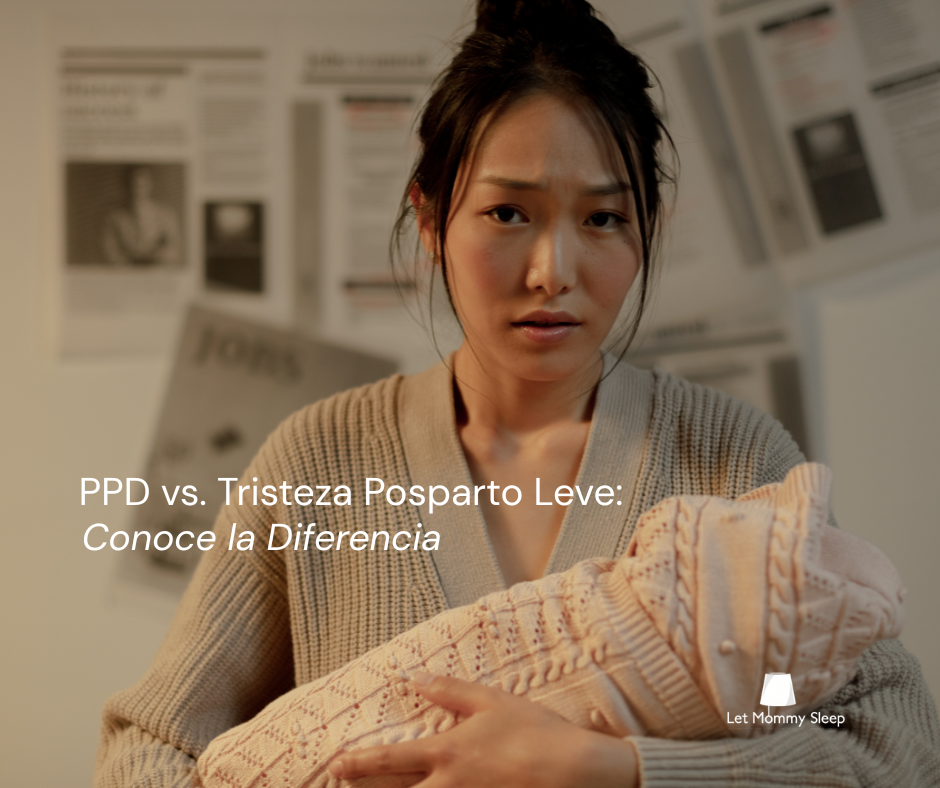Advocating for your baby is always the right thing to do but we know it’s not always the comfortable thing to do. Between well-meaning family, friends and holiday gatherings, new parents often find themselves managing other people’s expectations while trying to balance what’s best for the newborn and ourselves. Here are tips for setting boundaries when you have a newborn.
Why Postpartum Boundaries Matter
Newborns have developing immune systems, so even mild illnesses in adults can cause serious complications for babies. It’s up to the adults around them to be sure babies aren’t exposed to germs or contagious illness. It’s really just that simple.
But boundaries aren’t just about germs, they’re about your recuperation from childbirth and your families experience during the special bonding time that only happens once in your lives. Protecting your family’s physical space also protects your emotional space and gives you all time to adjust to and enjoy your new dynamic. So unless you consent to having a visitor in a role that takes household tasks off your plate or otherwise enhances your experience, it is okay to choose to experience the postpartum phase solely as a family unit.

When Visitors Want to Come Over
It’s natural for loved ones to want to meet the baby, but “drop-ins” can be disruptive when you’re recovering from birth or figuring out feeding schedules. Here’s how to make visits comfortable for everyone:
Set Expectations and Keep Visits Structured
- Start Early – Before the baby arrives, communicate your visitor plan. A simple group text works wonders: “We can’t wait for everyone to meet the baby! We’ll be in recovery mode for the first few weeks but we’ll let you know when short visits are okay.” This way no one is caught by surprise and you can answer any follow-up questions. If you want visitors to mask or quarantine before visiting, let them know well in advance. It’s also of course fine to have a second set of expectations for grandparents and other close relatives that you do want to be with you in the early days home.
- Set a Start and End Time– When you’re ready to accept visitors, let guests know in advance a specific start and end time. Once you have a general idea of baby’s awake and asleep times, it can make deciding on visiting times a little easier. Something like: We’d love to see you from 2–2:45 before baby’s next nap communicates what the visitor can expect, and also minimizes the chances of disrupting your family’s routine.
- Be clear about health rules – Let visitors know your rules: it may be washing hands, removing shoes, masking if there’s a chance anyone is sick or pushing off the visit if there’s a chance they’ve been exposed to an illness. When you do have a caregiver, be sure they also understand and follow the 10 Steps to Safe Sleep for Baby.
When You’re Out and About
Whether it’s a holiday gathering, a crowded store or a neighbor’s house, you’ll sometimes need to protect your baby’s personal space in public too.
Here are three gentle but firm responses to file away before heading out:
- Blame the pediatrician (again!)“I would love to let you hold him, but my doctor says no extra handling right now because they’re seeing a lot of illness going around right now.” This keeps you guilt-free and reduces awkwardness.
- Redirect with warmth – “He’s not taking kisses right now, but let’s sit down and catch up that way he can see you and hear your voice!” You’re setting a limit and offering an alternative.
- Be direct but polite – “I’m going to keep him close to me right now. It’s flu season, and we just can’t take any chances.”
Simple, respectful and firm. No justification needed.
If you’re someone who feels shy or non-confrontational, it can help to practice your responses ahead of time. Rehearse them in front of a mirror or with your partner until they feel natural, that way, your brain won’t freeze up in the moment.
Even with kind explanations, some people will push back on your boundaries. In those cases hold your ground by and then exit if needed. Something like “it’s nap time now, gotta go” can end the interaction.
When You’re Traveling
If you’re traveling and staying with family, there’s a chance you might here: We did X when you were a baby and you turned out fine! in response to a parenting choice you’re making. Before your trip, decide on a gentle but firm response so you won’t be caught off guard and can keep your own peace. Sleep Tips for Baby During Travel has more practical advice about maintaining your schedule and sanity during the holiday season.
Protecting Yourself Too
Boundaries aren’t just about the baby they’re also about you and your family. Postpartum recovery is physical and emotional, and your body deserves the same protection as your baby’s. Your spouse and your older children deserve this same level of respect as they adjust to life with your new baby too.
If someone offers to visit and they ask “What can I do to help?” you can hand them one of the checklists in Essential Guide: How To Prepare Your Home for a Newborn. Sometimes the real help is folding laundry, making meals or running our for supplies. If you don’t feel up to hosting, the truth is simply that you don’t owe anyone an explanation. “We’re not having visitors right now, but we really appreciate you” is enough.
A Final Word from Our Night Nannies and Doulas
Bringing home your baby for the first time is one of life’s truly amazing experiences and it only happens once. You deserve to spend it in calm, comfort and confidence, not managing other people’s feelings or doing work to host others. Advocating for your baby is advocating for yourself and you won’t regret doing what’s healthy and comfortable for your family. If you’d like tips on what to expect in those early ays (and nights!) visit our guide, Your First Week Home with Baby: Ultimate Q&A.






